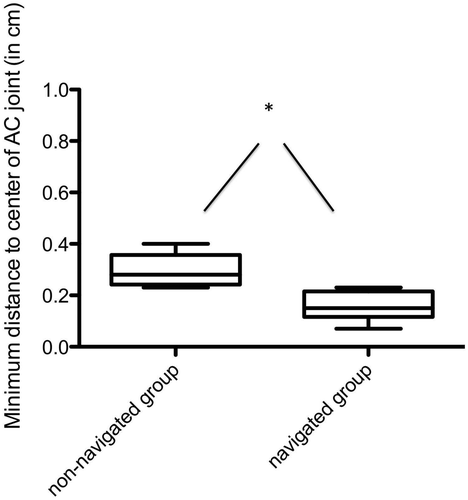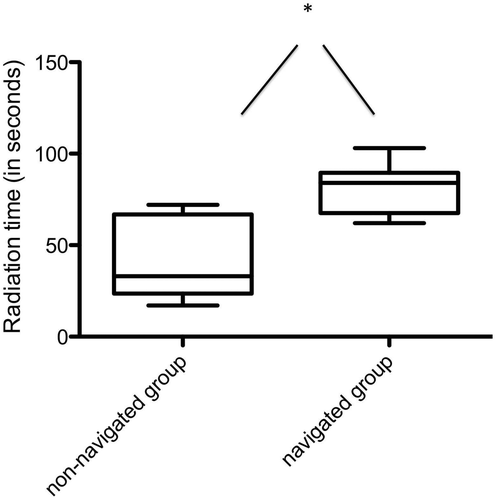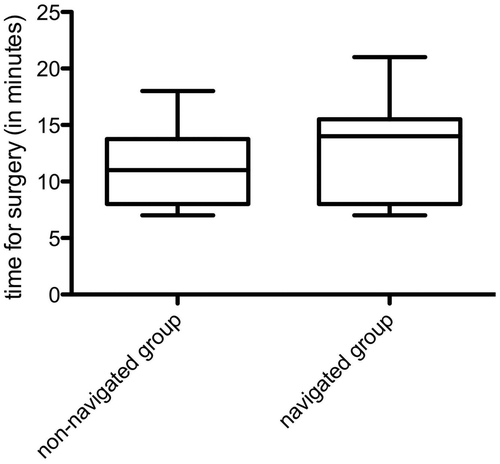Figures & data
Figure 1. Laboratory set-up. (a) Positioning on the radiolucent table with the flat detector 3D C-arm. The Kirschner wire is navigated via a navigated drill guide. The reference marker is attached to the spina scapulae. (b) Screenshot of a navigated AC joint transfixation. The upper left panel shows the aiming trajectory; the other panels show the planned trajectory.
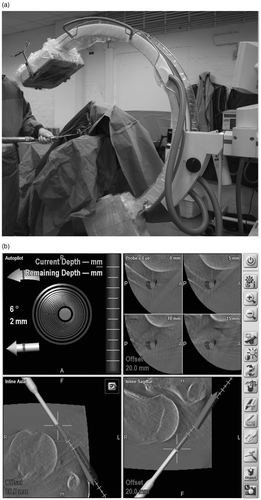
Figure 2. Radiological analysis with the use of the OsiriX software. Multiplanar reformations are created, and the distance of the K-wires from the center of the AC joint is measured.
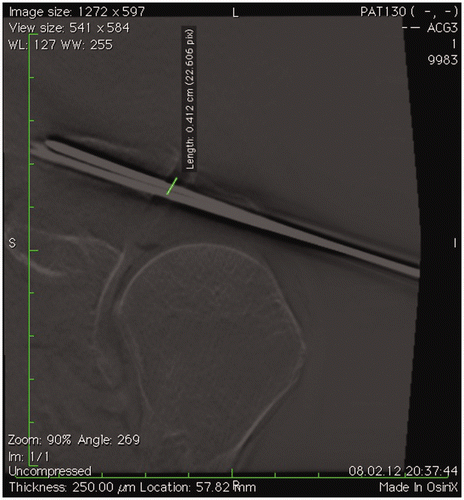
Figure 3. Maximum distance of the K-wires from the center of the AC joint. Statistical analysis revealed significantly lower values in the navigated group.
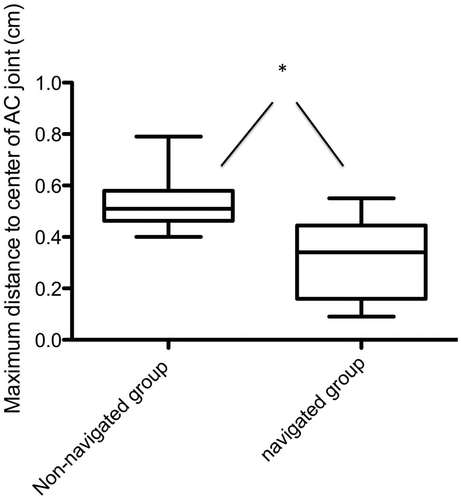
Figure 4. Minimum distance of the K-wires from the center of the AC joint. Statistical analysis revealed significantly lower values in the navigated group.
